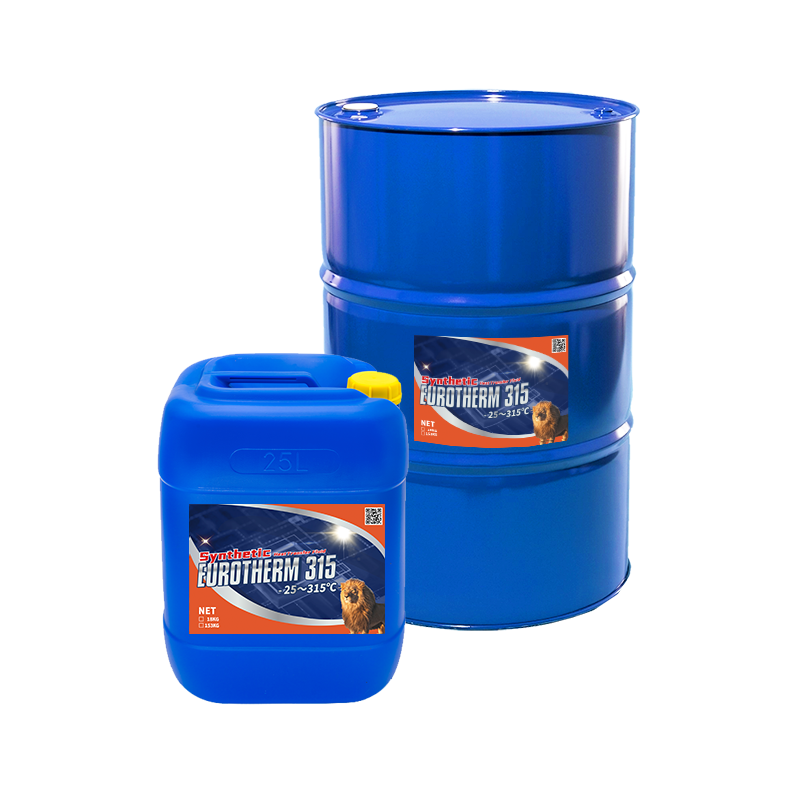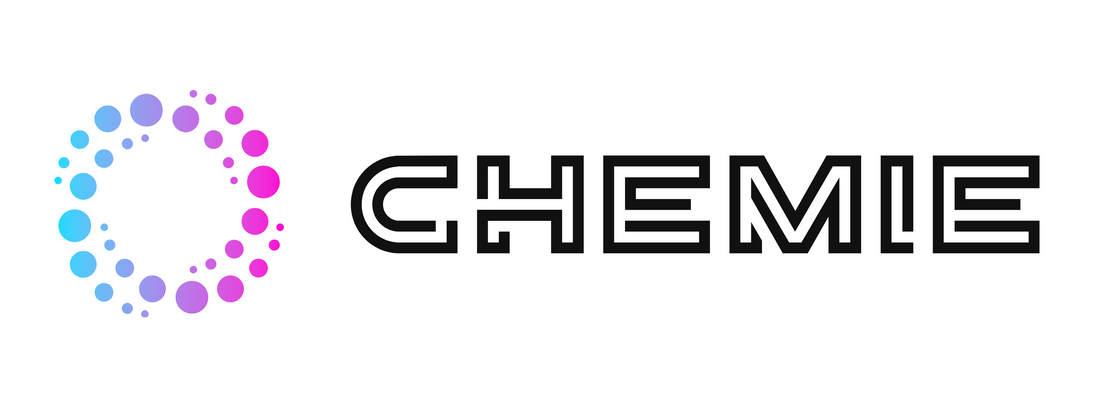The 5-Second Trick For Chemie
Chemie Can Be Fun For Everyone
Table of Contents10 Simple Techniques For ChemieChemie for BeginnersGetting The Chemie To WorkWhat Does Chemie Mean?Chemie - QuestionsThe Ultimate Guide To Chemie
By Bojanna Shantheyanda, Sreya Dutta, Kevin Coscia and David SchiemerDynalene, Inc. Liquid air conditioning, which can be attained making use of indirect or straight methods, is made use of in electronic devices applications having thermal power thickness that might go beyond secure dissipation with air cooling. Indirect liquid cooling is where heat dissipating electronic parts are physically divided from the fluid coolant, whereas in case of straight cooling, the parts remain in straight contact with the coolant.Nonetheless, in indirect cooling applications the electrical conductivity can be crucial if there are leakages and/or splilling of the liquids onto the electronic devices. In the indirect cooling applications where water based liquids with corrosion inhibitors are usually made use of, the electric conductivity of the fluid coolant primarily relies on the ion focus in the liquid stream.
The increase in the ion concentration in a shut loophole fluid stream might occur due to ion leaching from steels and nonmetal elements that the coolant fluid is in call with. During procedure, the electric conductivity of the fluid may boost to a level which might be harmful for the air conditioning system.
The Definitive Guide to Chemie
(https://on.soundcloud.com/SzqB5qcKphyRMioj6)They are bead like polymers that are capable of exchanging ions with ions in a service that it touches with. In today job, ion leaching tests were carried out with different steels and polymers in both ultrapure deionized (DI) water, i.e. water which is dealt with to the highest possible levels of pureness, and reduced electric conductive ethylene glycol/water mixture, with the measured modification in conductivity reported over time.
The examples were allowed to equilibrate at space temperature level for two days prior to tape-recording the first electric conductivity. In all tests reported in this study fluid electrical conductivity was measured to a precision of 1% making use of an Oakton CON 510/CON 6 series meter which was calibrated before each dimension.
4 Easy Facts About Chemie Explained
from the wall home heating coils to the facility of the heating system. The PTFE example containers were put in the furnace when steady state temperature levels were gotten to. The examination arrangement was gotten rid of from the heater every 168 hours (seven days), cooled to area temperature level with the electric conductivity of the fluid determined.
The electric conductivity of the fluid example was kept an eye on for an overall of 5000 hours (208 days). Figure 2. Schematic of the indirect shut loop cooling experiment set up - high temperature thermal fluid. Table 1. Elements made use of in the indirect shut loop cooling down experiment that are in call with the fluid coolant. A schematic of the experimental setup is displayed in Figure 2.

Little Known Questions About Chemie.
The adjustment in fluid electric conductivity was monitored for 136 hours. The fluid from the system was gathered and kept.

0.1 g of Dowex resin was contributed to 100g of fluid examples that was taken in a different container. The mixture was stirred and transform in the electric conductivity at area temperature level was measured every hour. The determined adjustment in the electric conductivity of the UP-H2O and EG-LC test liquids consisting of polymer or steel when immersed for 5,000 hours at 80C is revealed Number 3.
The Buzz on Chemie
Number 3. Ion seeping experiment: Calculated adjustment in electric conductivity of water and EG-LC coolants containing either polymer or steel examples when immersed for 5,000 hours at 80C. The results show that steels added less ions into the fluids than plastics in both UP-H2O and EG-LC based coolants. This might be because of a thin metal oxide layer which may work as an obstacle to ion leaching and cationic diffusion.
Fluids having polypropylene and HDPE exhibited the most affordable electric conductivity changes. This could be due to the short, inflexible, direct chains which are less most likely to contribute ions than longer branched chains with weaker intermolecular forces. Silicone likewise did well in both test fluids, as polysiloxanes are generally chemically inert as a result of the high bond power of the silicon-oxygen bond which would avoid destruction of the product into the liquid.
Everything about Chemie
It would certainly be anticipated that PVC would certainly produce similar results to those of PTFE and HDPE based on the comparable chemical frameworks of the products, nonetheless there may be other contaminations present in the PVC, such as plasticizers, that may impact the electric conductivity of the liquid - inhibited antifreeze. Furthermore, chloride teams in PVC can also seep right into the examination fluid and can create a rise in electrical conductivity
Polyurethane completely broke down right into the test fluid by the end of 5000 hour examination. Prior to and after pictures of metal and polymer examples submersed for 5,000 hours at 80C in the ion leaching experiment.
Measured modification in the electric conductivity of UP-H2O coolant as a function of time with and without resin cartridge in the closed indirect air conditioning loop experiment. The gauged adjustment in electrical conductivity of the UP-H2O for 136 hours with and without ion exchange material in the loophole is displayed in Figure 5.